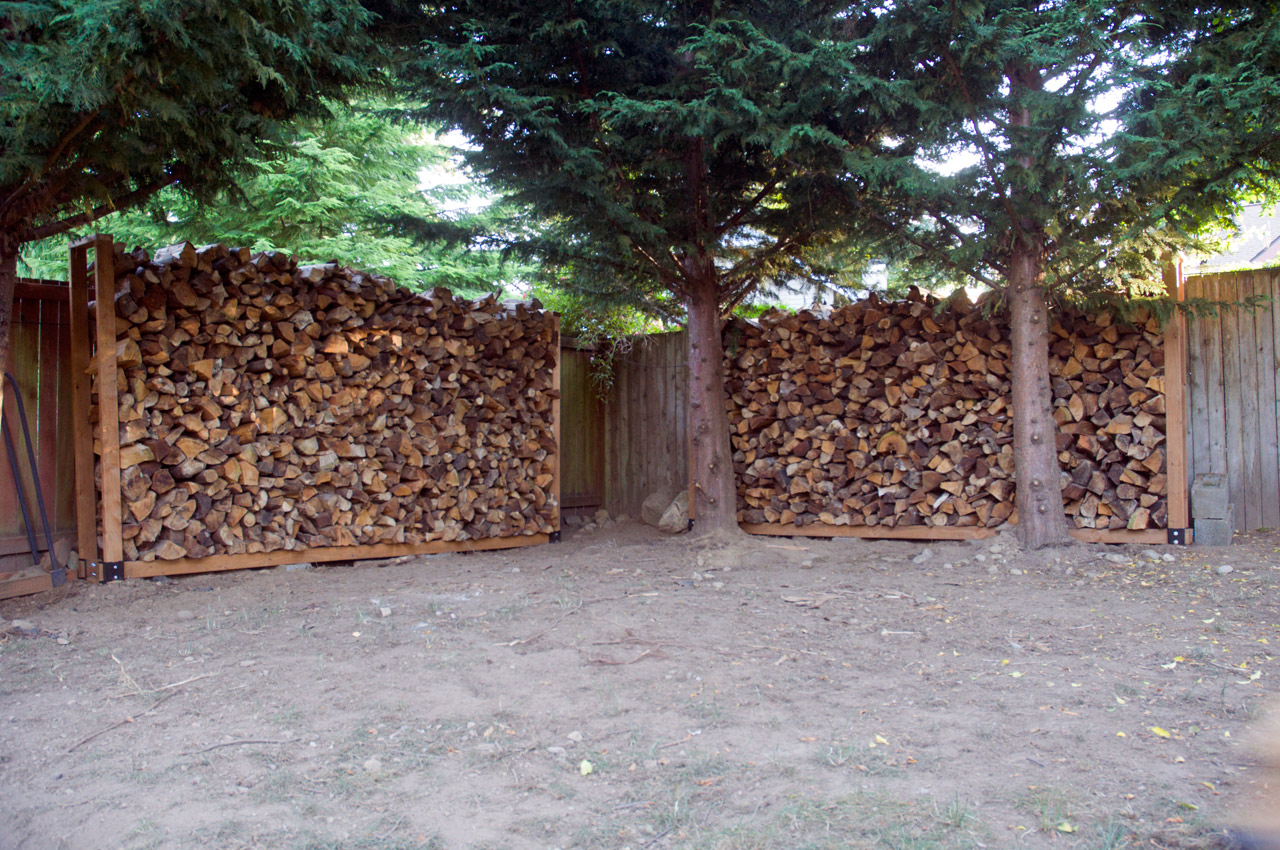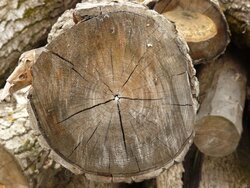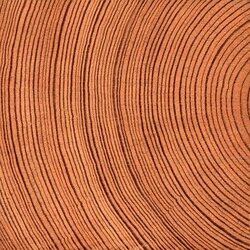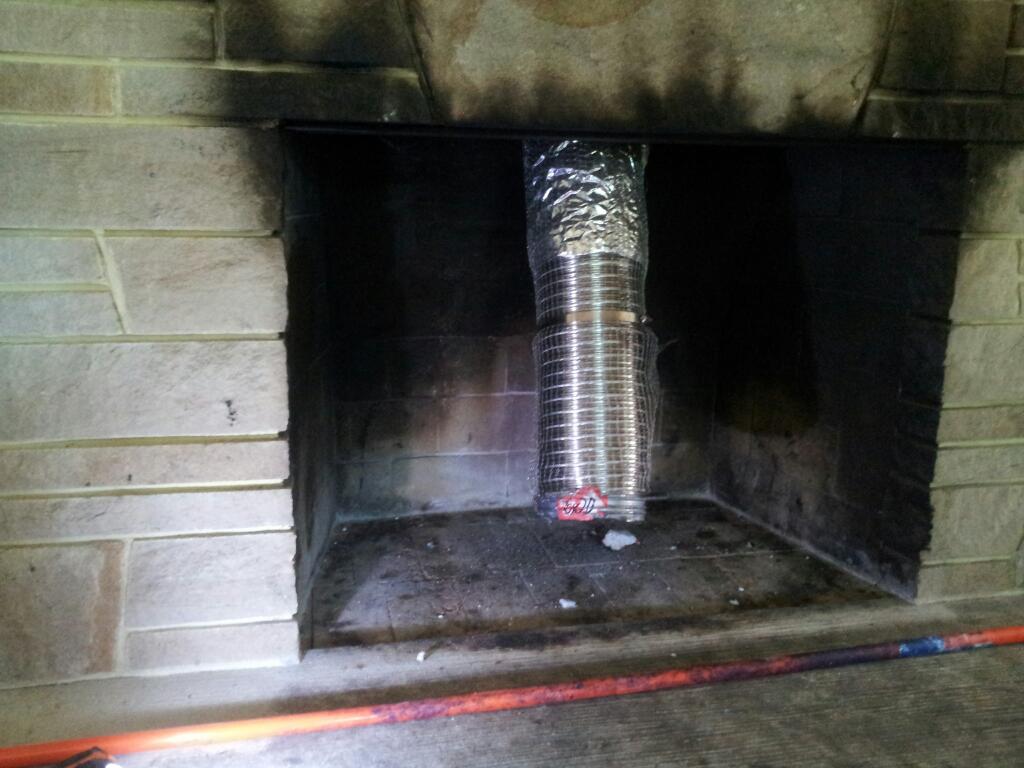I got to work on my fireplace today in preparation for an insert to be installed soon. My existing damper was a horizontal slot which only opened maybe 3.5". I'll be running a 6" liner through here, so I need to remove the damper flap and then carve an opening in the iron frame immediately below the damper flap.
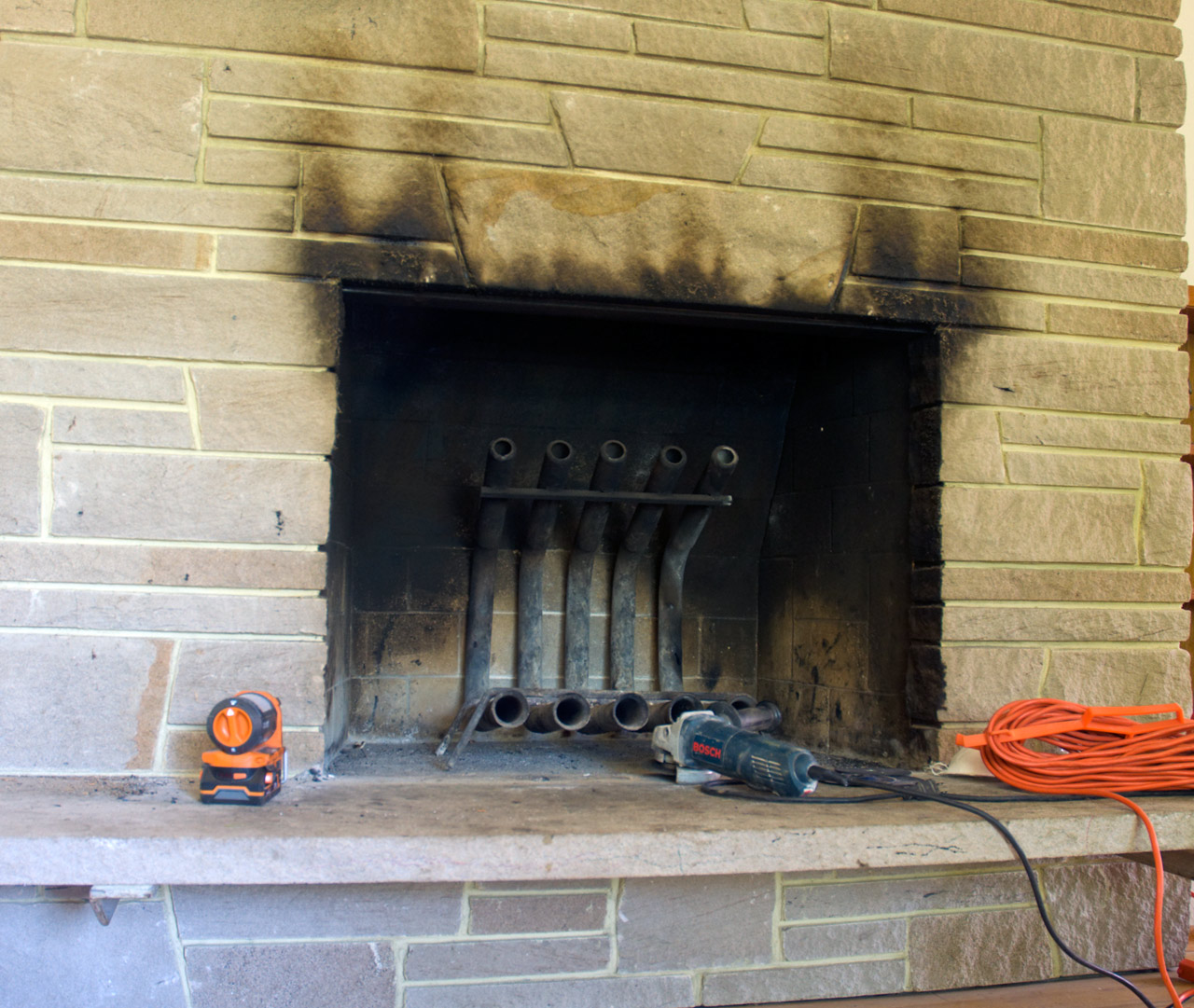
I used a 4.5" angle grinder for this which worked very well. It was a bit time consuming to cut through, but not terribly messy. The real mess came when carving through the masonry.
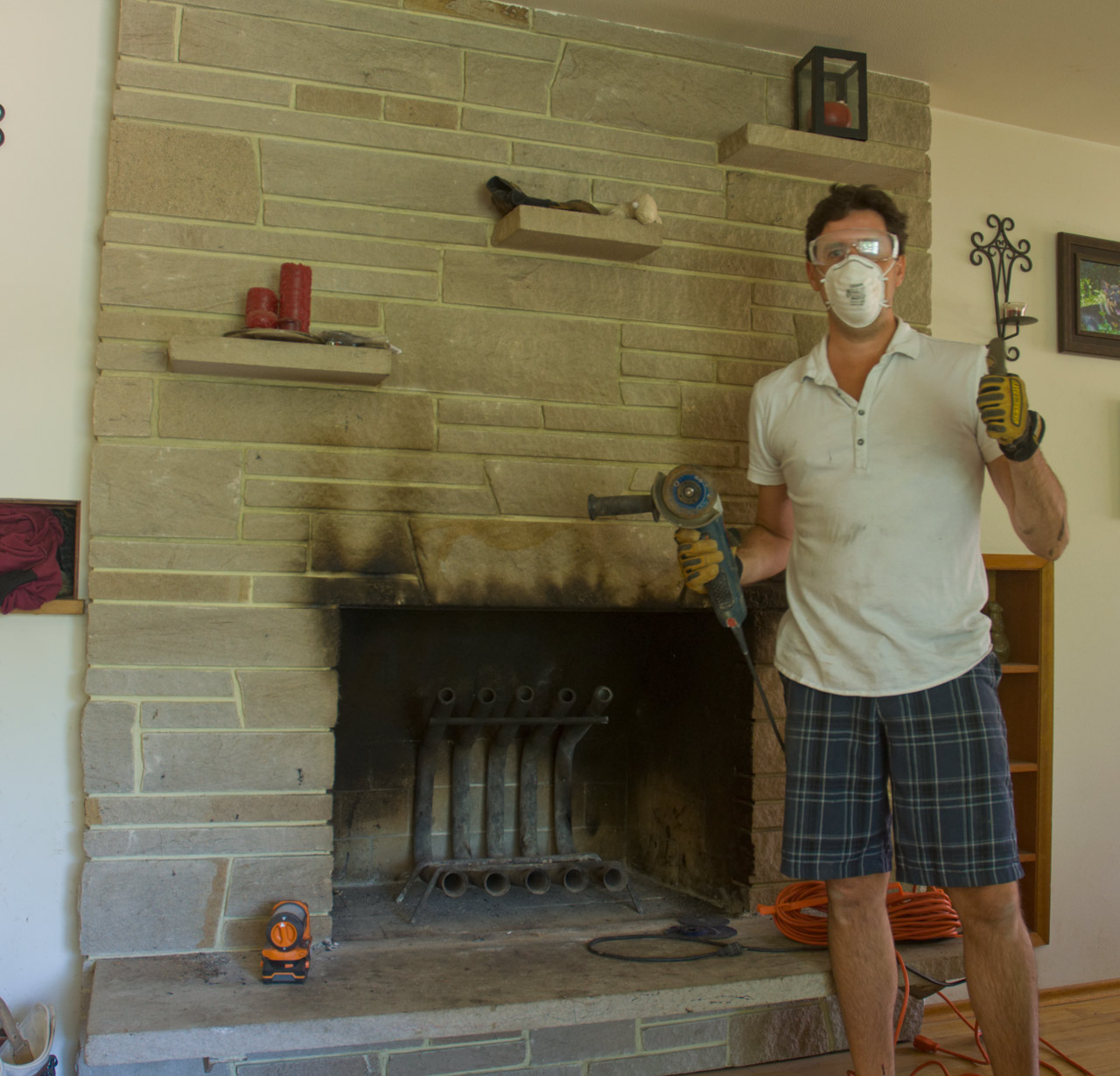
The damper flap did not come out easy. I'd read that in most fireplaces, there are pins to remove from the handle, which allow the flap to come right out. Not the case for me. Mine lifts up to allow for removal, however there were bricks above it which blocked it from coming out. So, I used the angle grinder to cut through the "axle" on the left side where it sticks into the wall. It was about 1" thick solid iron. Once that was cut through, the damper just fell right down.
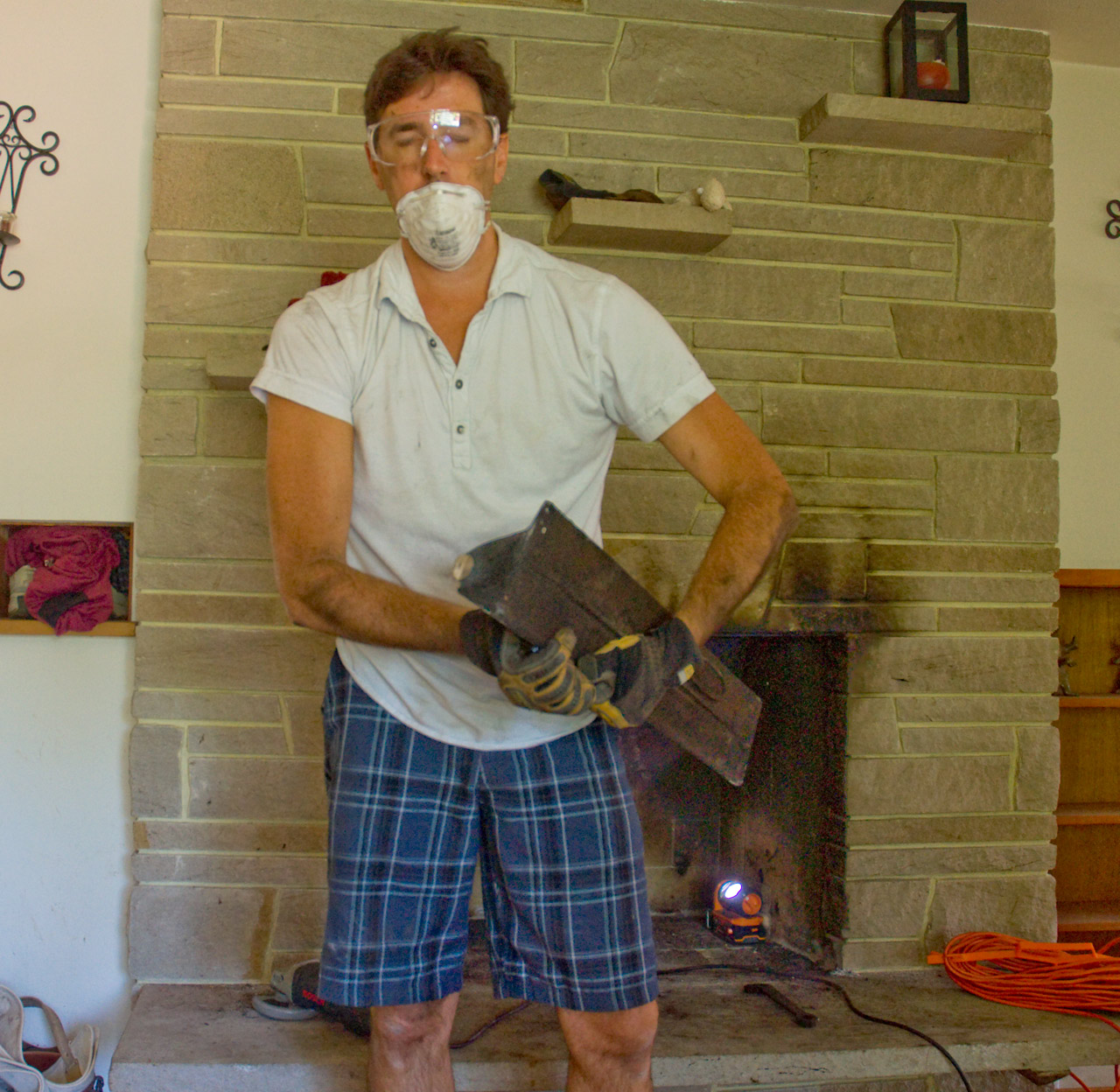
Here's a look at the metal frame below the damper.
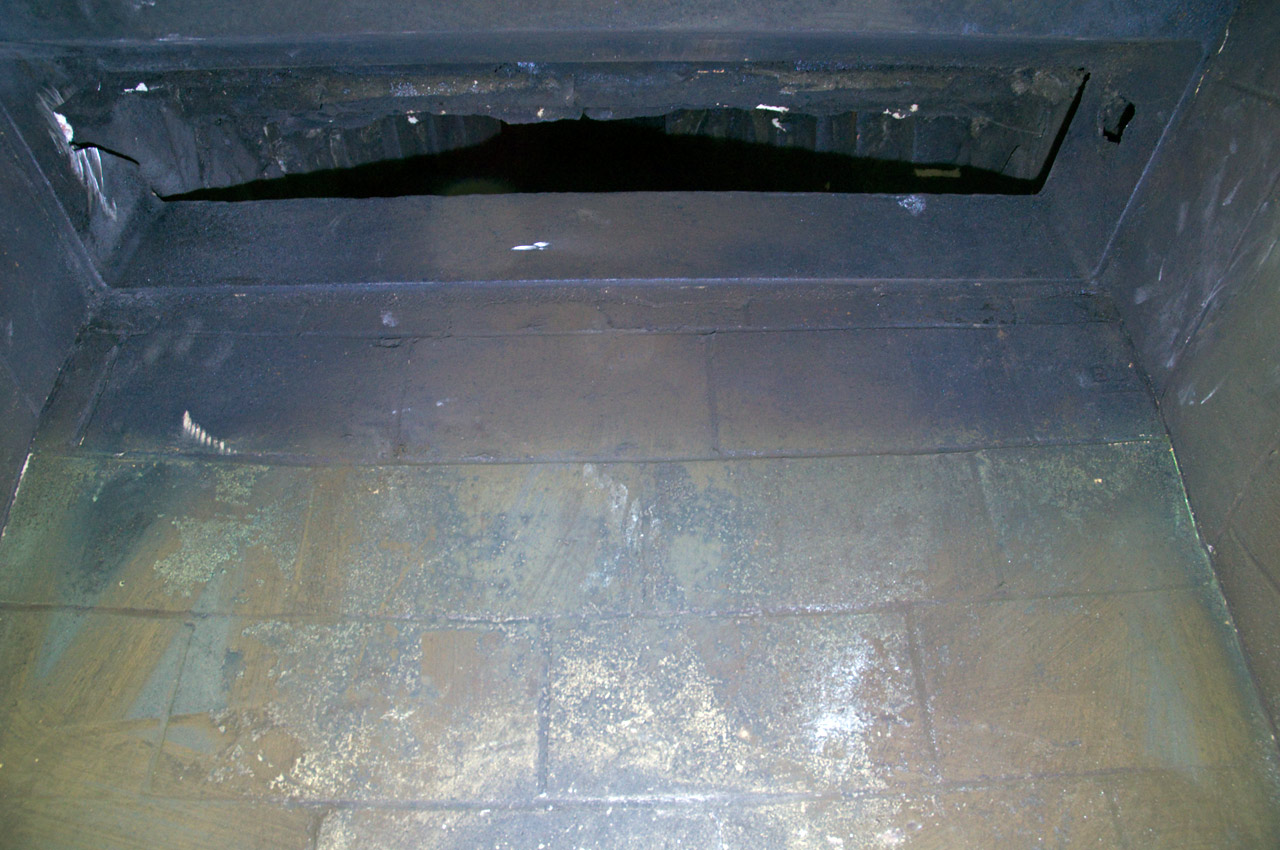
Here's the piece I had to cut out.
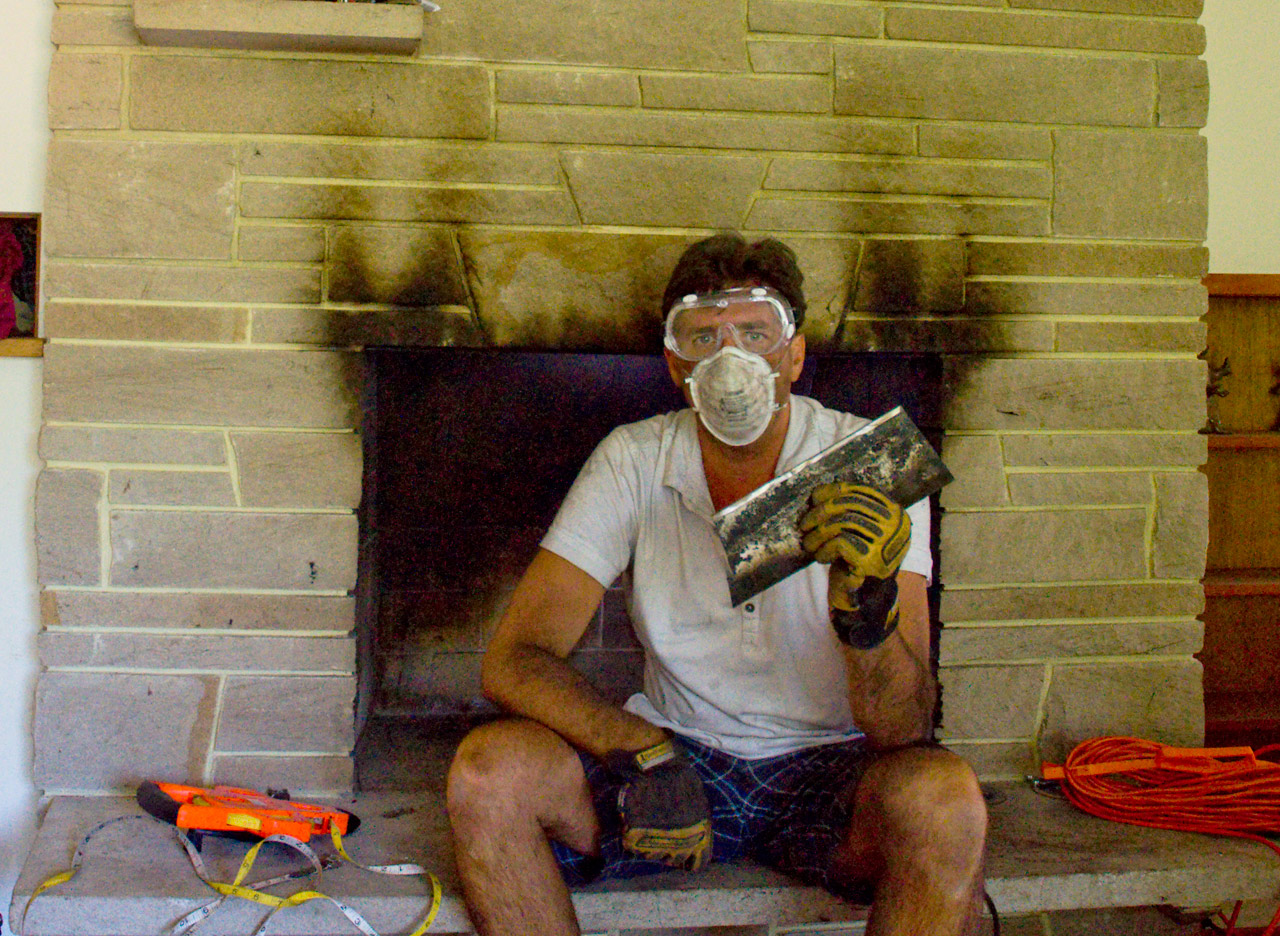
This was the most time consuming part by far. The vertical piece I cut through has a 90 degree turn at the bottom where the iron sticks into the masonry. So I had to cut not just the left and right sides, but the bottom side as well. As soon as the grinder would poke through the iron, it would hit masonry, sending a cloud of dust everywhere. Messy, but was a good indicator that I had cut through the iron and could move on to another spot.
With the metal part out of the way, I found there were bricks directly behind it that would have to come out to make way for the liner. I dreaded cutting through this because I knew how messy it would be.
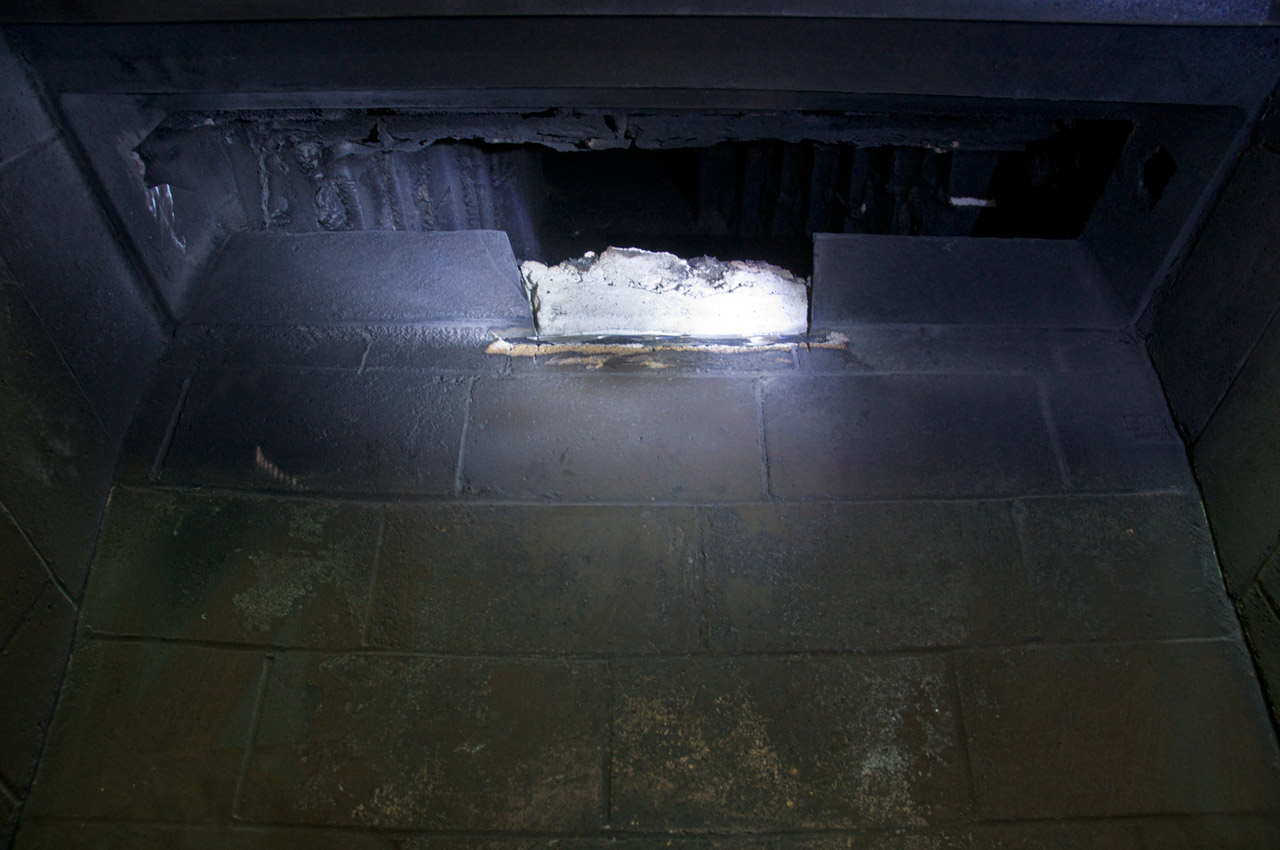
Fortunately I found that some of the masonry cement here was pretty weak and easy to break with just my hand. I decided to try to get the rest with a chisel and hammer. I'm so glad I tried that because it was so easy to pop them off and so much less messy than using an angle grinder on it.
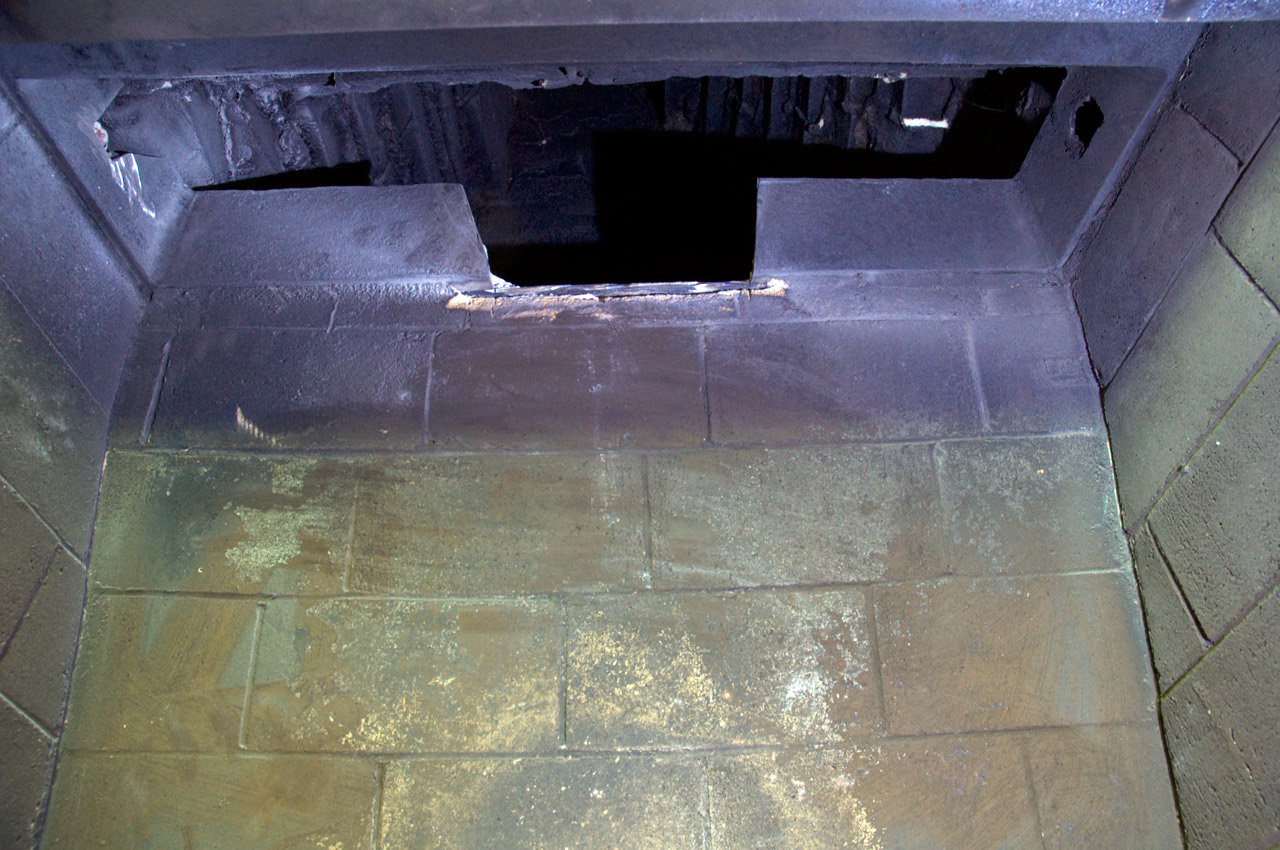
I used my newly purchased shop vac to suck out all the debris above the damper. I had the chimney cleaned less than a month ago and have not burned anything since, but there was still a lot of ash up there. Guess my cleaner didn't vacuum very well.
I got a little dirty in the process of this job.
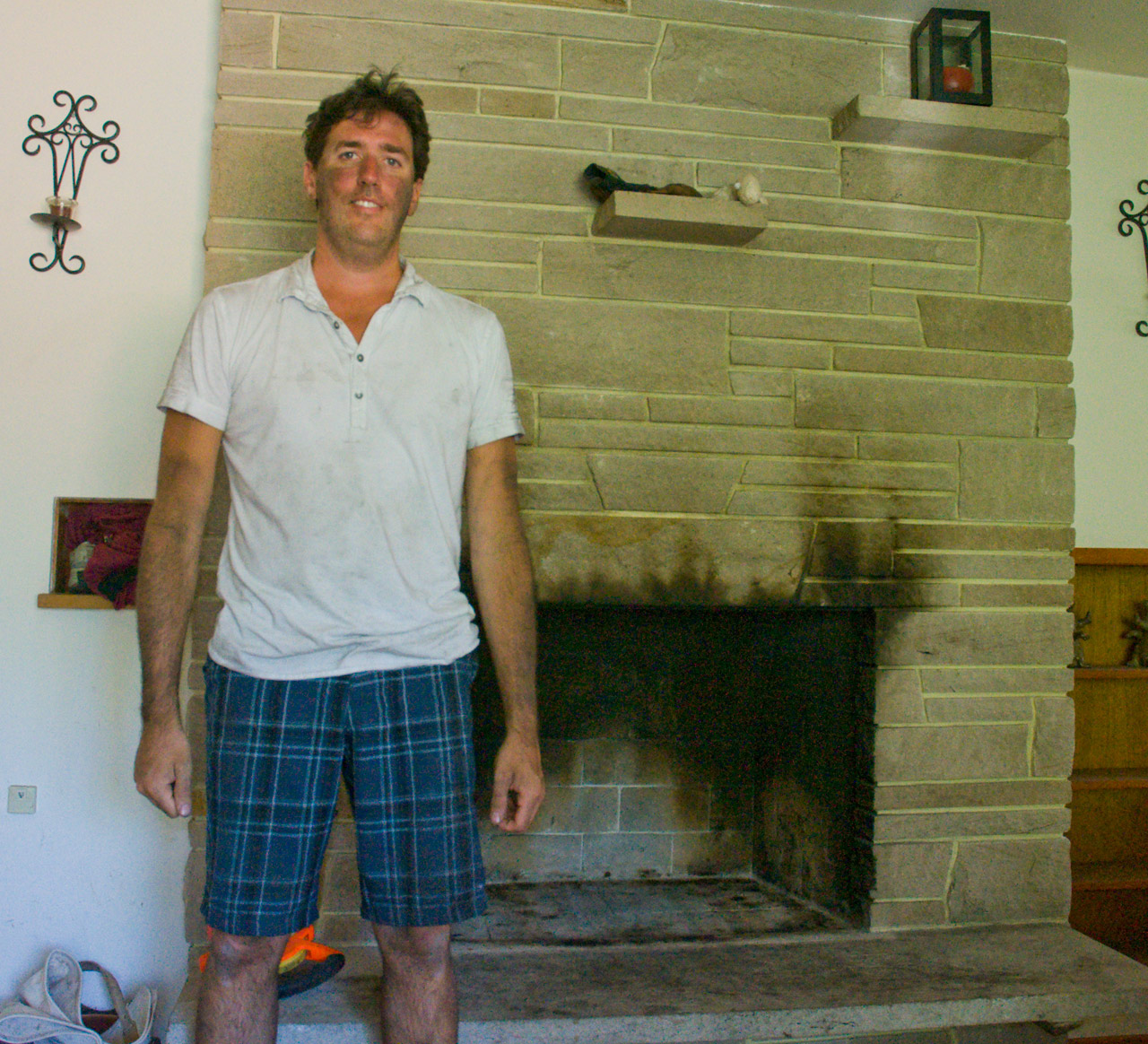
Thanks to all the Hearth.com people who have answered my questions in the past regarding this job. I'm fairly handy, but was nervous about altering a fireplace.
Now, anyone know a good, easy way to get rid of the smoke stains on the front of my hearth? The surround for the insert will cover some, but not nearly all of that.

I used a 4.5" angle grinder for this which worked very well. It was a bit time consuming to cut through, but not terribly messy. The real mess came when carving through the masonry.

The damper flap did not come out easy. I'd read that in most fireplaces, there are pins to remove from the handle, which allow the flap to come right out. Not the case for me. Mine lifts up to allow for removal, however there were bricks above it which blocked it from coming out. So, I used the angle grinder to cut through the "axle" on the left side where it sticks into the wall. It was about 1" thick solid iron. Once that was cut through, the damper just fell right down.

Here's a look at the metal frame below the damper.

Here's the piece I had to cut out.

This was the most time consuming part by far. The vertical piece I cut through has a 90 degree turn at the bottom where the iron sticks into the masonry. So I had to cut not just the left and right sides, but the bottom side as well. As soon as the grinder would poke through the iron, it would hit masonry, sending a cloud of dust everywhere. Messy, but was a good indicator that I had cut through the iron and could move on to another spot.
With the metal part out of the way, I found there were bricks directly behind it that would have to come out to make way for the liner. I dreaded cutting through this because I knew how messy it would be.

Fortunately I found that some of the masonry cement here was pretty weak and easy to break with just my hand. I decided to try to get the rest with a chisel and hammer. I'm so glad I tried that because it was so easy to pop them off and so much less messy than using an angle grinder on it.

I used my newly purchased shop vac to suck out all the debris above the damper. I had the chimney cleaned less than a month ago and have not burned anything since, but there was still a lot of ash up there. Guess my cleaner didn't vacuum very well.
I got a little dirty in the process of this job.

Thanks to all the Hearth.com people who have answered my questions in the past regarding this job. I'm fairly handy, but was nervous about altering a fireplace.
Now, anyone know a good, easy way to get rid of the smoke stains on the front of my hearth? The surround for the insert will cover some, but not nearly all of that.


